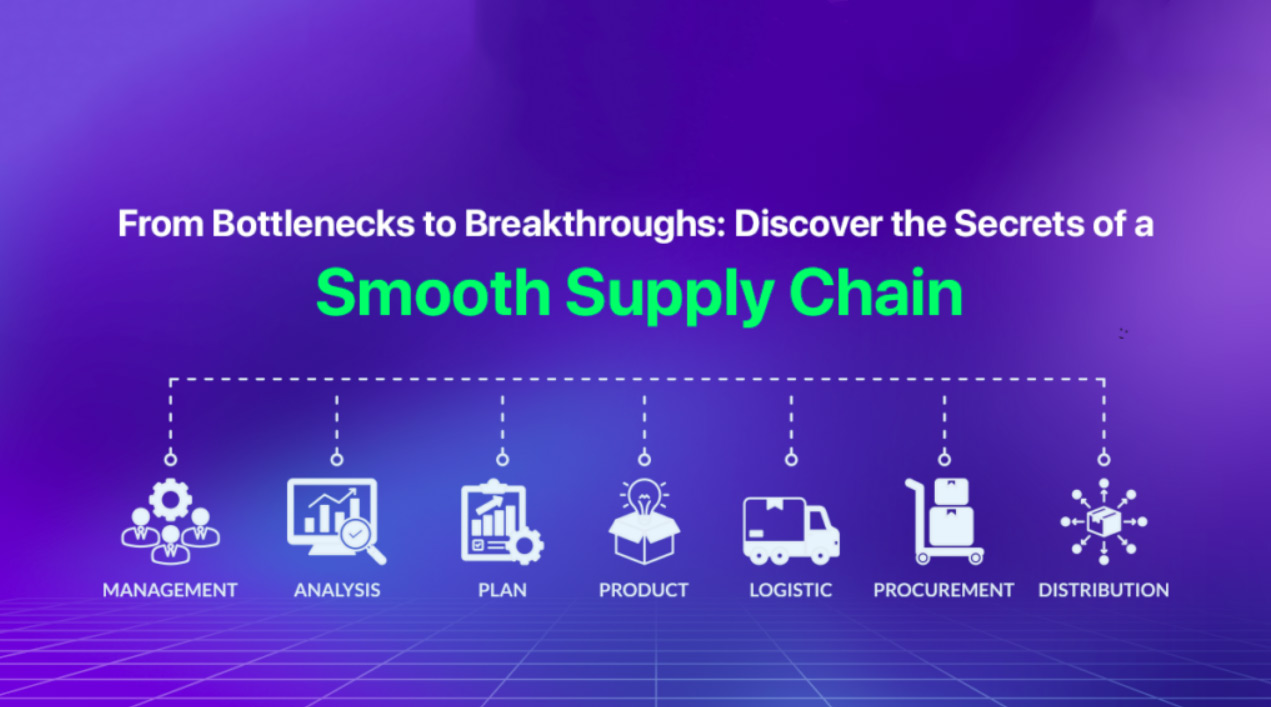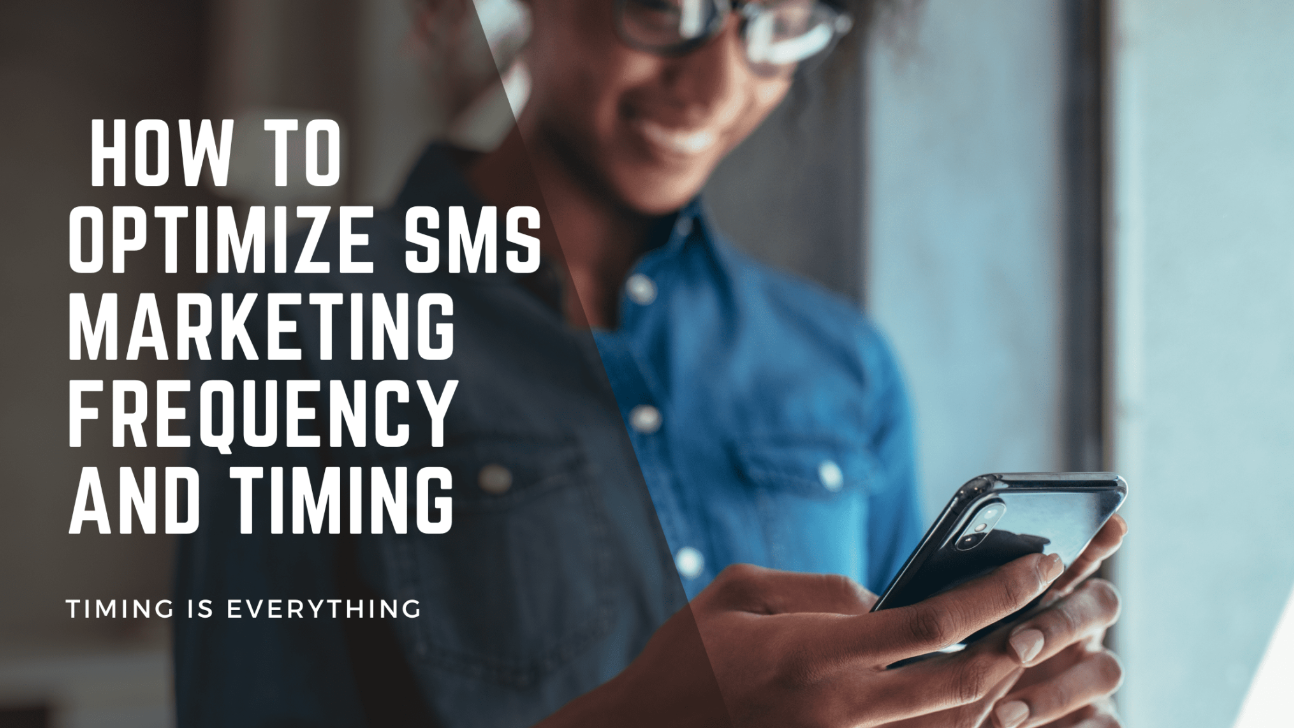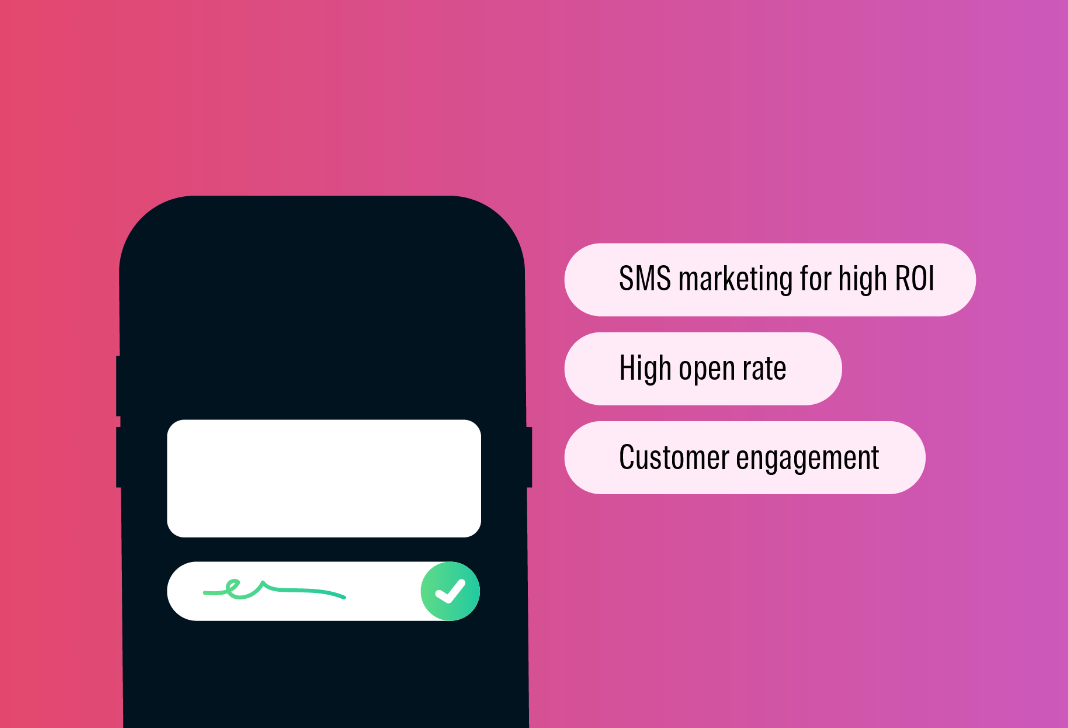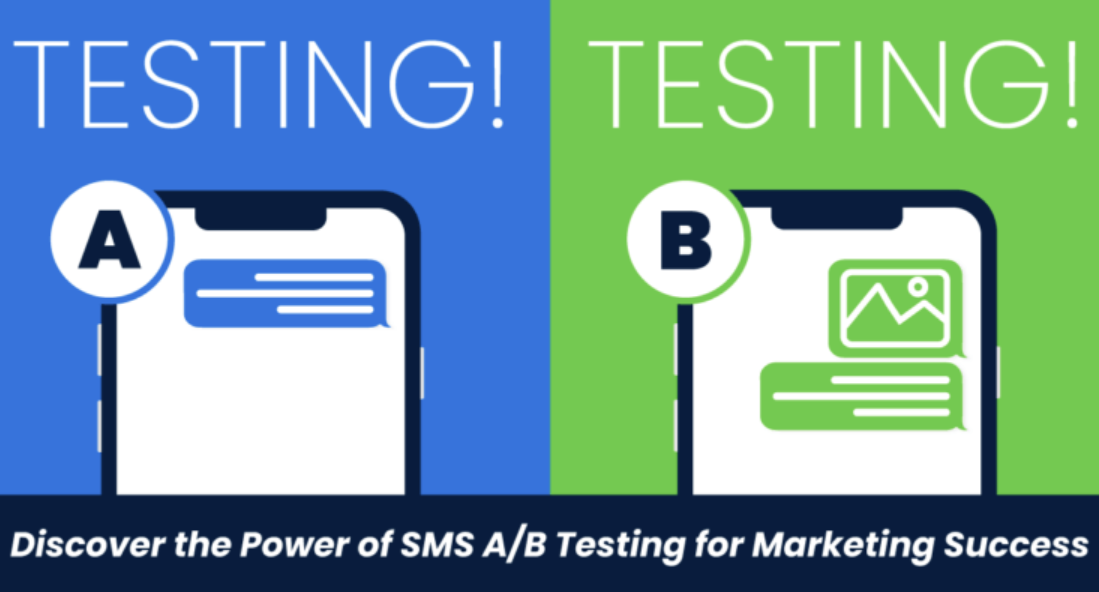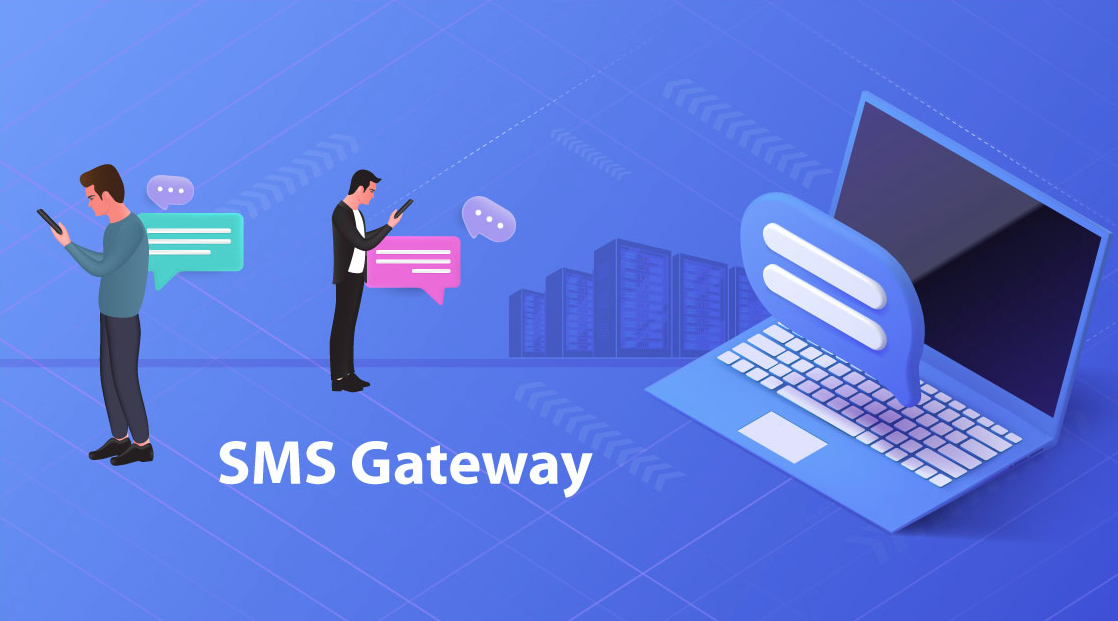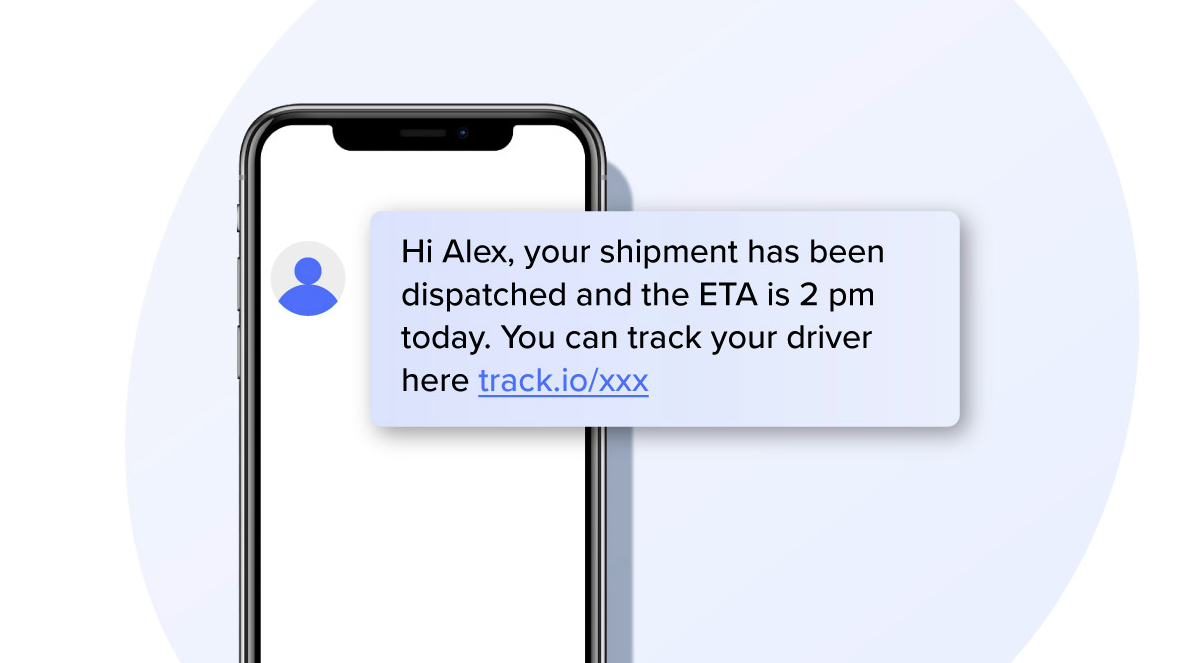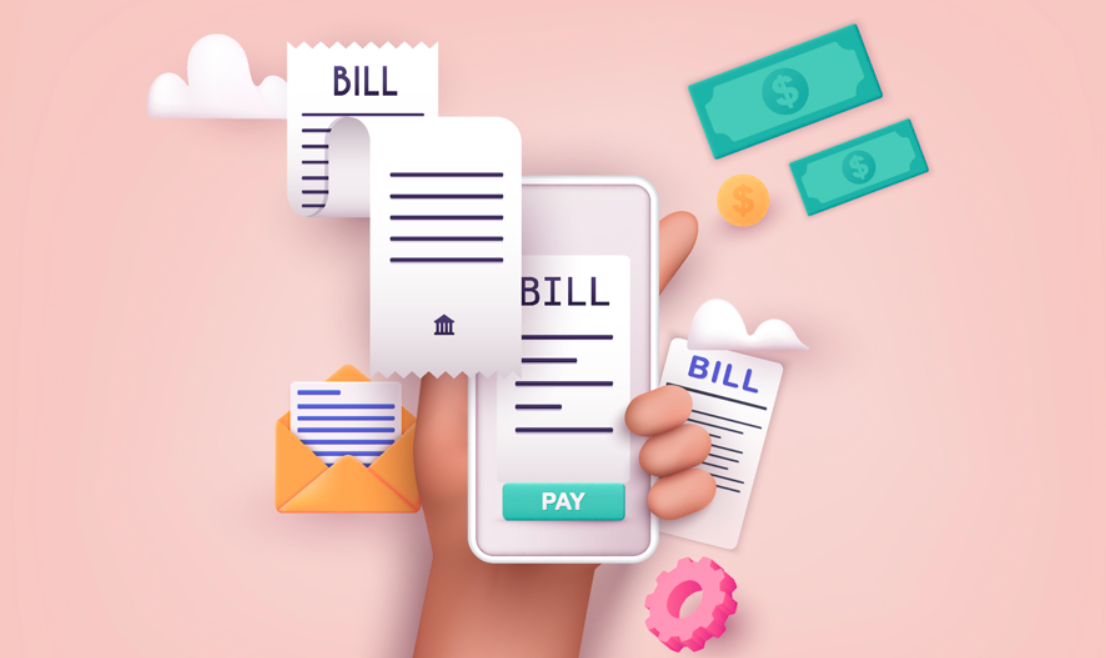SMS marketing has become a vital tool for businesses to connect with their customers instantly and effectively. With a 98% open rate and the ability to reach a global audience, SMS campaigns offer immense potential. However, executing a flawless SMS campaign is not without its challenges. From deliverability issues to compliance hurdles, companies often encounter several obstacles that can impact the success of their campaigns. This article explores the common challenges faced in SMS campaign delivery and offers strategies to overcome them, ensuring that businesses can maximize their return on investment (ROI) from SMS marketing.
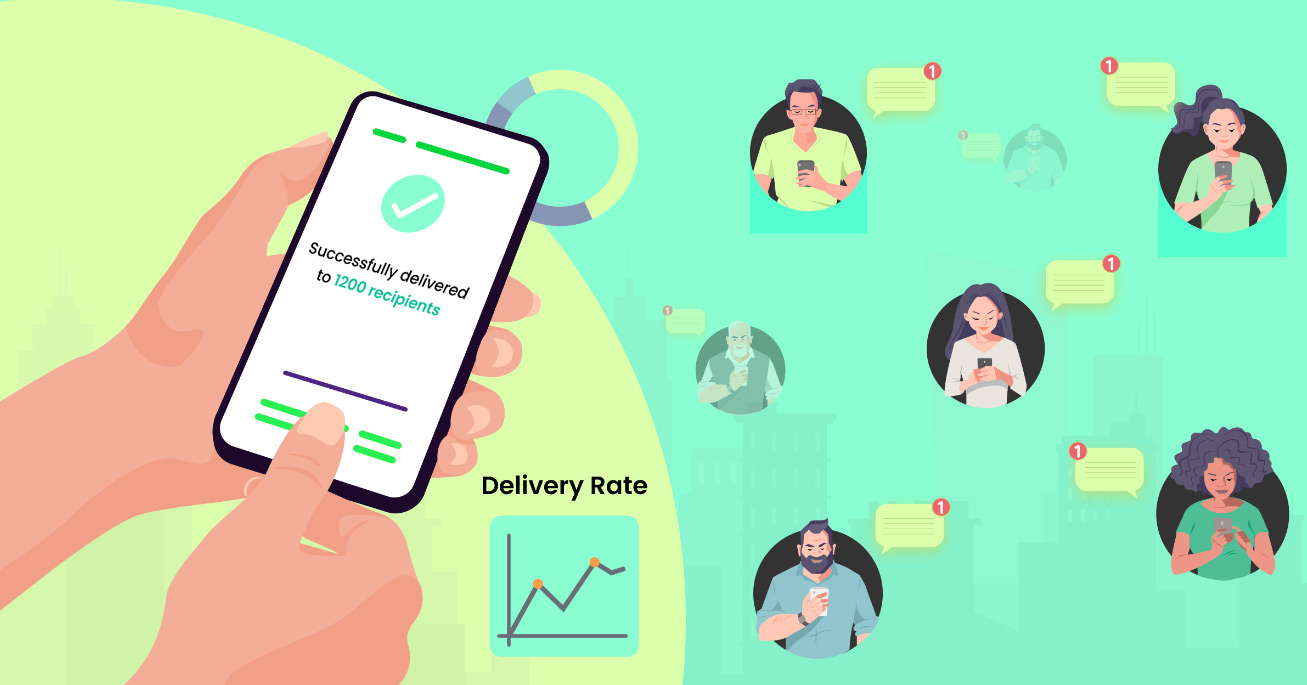
1. Deliverability Issues
Understanding SMS Deliverability
Deliverability is one of the most critical aspects of an SMS campaign. It refers to the ability of your message to reach the intended recipient’s mobile phone. Even with a well-planned campaign, if the messages do not get delivered, your efforts are wasted.
Causes of Low Deliverability Rates
- Invalid or inactive numbers: These lead to undelivered messages.
- Carrier filtering: Mobile carriers may filter out messages based on content, sender reputation, or volume.
- Message throttling: Sending too many messages at once can overwhelm networks, causing delays or message drops.
- Network congestion: Peak traffic times can result in slower delivery or failed SMS transmissions.
Overcoming Deliverability Challenges
- Data Hygiene: Regularly updating and cleaning your contact lists to remove invalid or inactive numbers is crucial. Use real-time number validation tools to ensure that the numbers you are targeting are correct and active.
- Use an SMS Aggregator: Working with a reliable SMS aggregator who has direct connections to mobile carriers can improve your deliverability rates. Aggregators ensure that your messages are sent through high-quality, reliable routes.
- Carrier Compliance: Ensure that your message content complies with carrier regulations to avoid being filtered. Work closely with your SMS provider to stay updated on specific guidelines.
2. Message Personalization and Relevance
Why Personalization Matters
In today’s marketing landscape, personalization is key. Customers expect tailored experiences, and this applies to SMS campaigns as well. Sending generic, non-targeted messages can lead to low engagement rates and unsubscribes.
Challenges with Personalization
- Lack of customer data: Without sufficient customer data, personalizing messages becomes difficult.
- Automated personalization errors: If automated systems fail to pull the correct data, it can lead to awkward or irrelevant messages, damaging brand reputation.
Strategies to Overcome Personalization Issues
- Segment Your Audience: Divide your audience into segments based on demographic data, purchase history, or engagement patterns. This allows you to create targeted messages that resonate with each group.
- Leverage Data Analytics: Use data from past interactions to send relevant messages. Whether it’s reminding a customer about an abandoned cart or promoting a product similar to their previous purchase, personalization boosts engagement.
- Test Personalization Tactics: A/B test different levels of personalization to find what works best for your audience. Keep refining your strategies based on campaign performance.
3. Regulatory and Compliance Challenges
Navigating SMS Compliance
Compliance with regulatory bodies such as GDPR, TCPA (Telephone Consumer Protection Act), and CAN-SPAM is critical in any SMS campaign. Failure to comply can lead to hefty fines, legal action, and a damaged brand image.
Common Compliance Issues
- Lack of opt-in consent: Sending unsolicited messages without proper customer consent is a major legal violation.
- Non-compliant content: Certain countries have strict rules about the content that can be sent via SMS, including restrictions on promotional offers or adult content.
- Opt-out management: Failing to provide recipients with a clear way to opt out of messages can result in complaints and penalties.
How to Stay Compliant
- Obtain Explicit Consent: Ensure that all recipients have opted in to receive SMS messages. This can be done through sign-up forms, promotional offers, or by asking customers to reply with a keyword to confirm consent.
- Provide Opt-Out Instructions: Always include clear instructions on how to opt-out of your messages, such as replying with “STOP.” Use an automated system to manage opt-out requests efficiently.
- Stay Updated on Local Regulations: Different countries have different regulations regarding SMS campaigns. Ensure that you are familiar with and adhere to the rules in the regions where you are sending messages.
4. Timing and Frequency of Messages
Importance of Timing
When it comes to SMS marketing, timing is everything. Sending messages at the wrong time can annoy customers, lead to high unsubscribe rates, and reduce overall campaign effectiveness.
Timing Challenges
- Time zone differences: If your business operates globally, managing time zone differences can be tricky. Sending messages at inconvenient times can lead to low engagement rates.
- Over-messaging: Sending too many messages can overwhelm customers, causing them to opt-out.
- Under-messaging: On the flip side, sending too few messages may cause customers to forget about your brand.
Best Practices for Message Timing
- Consider Time Zones: Use SMS marketing software that automatically adjusts for time zones. This ensures that your messages reach recipients at optimal times, increasing the likelihood of engagement.
- Use Data-Driven Insights: Analyze past campaign data to determine the best times to send messages. Test different times and monitor open and engagement rates to find the sweet spot.
- Frequency Control: Strike a balance in the number of messages you send. A good rule of thumb is to avoid sending more than one message per week unless absolutely necessary. Ensure that your messages are valuable and not intrusive.
5. Message Content and Length
Keeping It Short and Sweet
SMS messages are limited to 160 characters, and this limitation poses a challenge in crafting compelling content. You need to be able to convey your message clearly and succinctly while maintaining engagement.
Content Challenges
- Clarity: It’s easy for messages to become unclear or ambiguous when limited by character count.
- Call to action (CTA): With limited space, including a strong CTA that drives action can be difficult.
- Brand voice: It can be challenging to reflect your brand’s personality and tone within the character limit.
Crafting Effective SMS Content
- Focus on the Essentials: Clearly state the offer or value proposition upfront. Avoid fluff and get straight to the point.
- Strong CTA: Ensure that your CTA is clear, actionable, and compelling. Phrases like “Shop Now,” “Learn More,” or “Get Your Coupon” are effective in driving action.
- Use Shortened URLs: If you need to include a link, use URL shorteners to save space. Services like Bitly or Google URL Shortener can help you maintain a clean, concise message while tracking engagement.
6. Customer Engagement and Retention
Maximizing Engagement Rates
A common challenge in SMS marketing is maintaining customer engagement over time. While initial campaigns may generate high open rates, keeping customers engaged long-term requires strategy.
Challenges in Retaining Engagement
- Message fatigue: Over time, customers may become less responsive to your messages if they feel overwhelmed or uninterested.
- Lack of variety: Sending the same types of messages repeatedly can lead to disengagement.
Strategies for Boosting Engagement
- Incorporate Interactive SMS: Use two-way messaging to create interactive experiences for your customers. Surveys, polls, or quick-response prompts encourage engagement.
- Reward Loyalty: Offer exclusive deals or rewards to customers who engage with your SMS campaigns consistently. This creates a sense of value and loyalty.
- Refresh Your Content: Keep your messaging fresh by varying the content. Mix promotional messages with educational content, product updates, or customer service notifications to keep your audience interested.
7. Technical Challenges and Infrastructure
Overcoming Technical Barriers
SMS marketing depends heavily on the technical infrastructure in place. If there are technical issues with your SMS platform or integration, it can significantly affect your campaign delivery.
Common Technical Issues
- Platform downtime: Any downtime in your SMS platform can lead to missed delivery windows, resulting in lost engagement opportunities.
- API integration errors: For businesses that integrate SMS functionality through APIs, errors in the integration process can disrupt message delivery.
- Scaling difficulties: As your campaigns grow, your infrastructure must be able to scale to handle larger volumes of messages without compromising performance.
Solutions to Technical Challenges
- Choose a Reliable SMS Platform: Partner with a platform that has a track record of reliability and uptime. Ensure that they offer 24/7 technical support in case issues arise.
- Test API Integrations: If you’re using APIs to send SMS messages, thoroughly test the integration to ensure it works seamlessly. Monitor for any errors and resolve them before launching your campaign.
- Optimize for Scalability: Ensure that your platform and SMS provider can scale alongside your campaign. Consider using cloud-based solutions that can handle increased traffic without lag or downtime.
8. Spam and Fraud Prevention
Combatting SMS Spam and Fraud
One of the most concerning challenges in SMS campaign delivery is the risk of spam and fraudulent messages. As businesses increasingly rely on SMS for marketing, the risk of fraudsters infiltrating the system grows. Consumers are wary of unsolicited messages, and too many spam-like messages can damage brand trust and result in higher opt-out rates.
Common Spam-Related Issues
- Spam filters: Mobile networks often have strict filtering mechanisms that block messages deemed as spam. Even legitimate marketing messages can be flagged as spam if they contain certain keywords or patterns.
- Fraudulent senders: Fraudsters can spoof sender IDs, sending misleading or harmful messages under the guise of a legitimate brand, which not only hurts consumers but can also damage a company’s reputation.
- Grey routes: These are unauthorized messaging routes used by fraudsters to bypass legitimate SMS channels, leading to low-quality delivery and sometimes even legal repercussions.
Preventing Spam and Fraud
- Register Sender IDs: Use a registered, recognizable sender ID to establish legitimacy with both customers and carriers. This increases the likelihood of your messages being delivered rather than flagged as spam.
- Content Optimization: Avoid using spammy language such as excessive capital letters, exclamation points, or urgent phrases like “Act Now” or “Limited Time Only.” Instead, focus on clear and value-driven messaging.
- Partner with Reputable SMS Providers: Work with trusted SMS platforms that have anti-fraud measures in place, such as AI-powered fraud detection, grey route monitoring, and robust reporting features. This helps ensure that your messages are delivered securely and legally.
9. Cost Management and ROI Optimization
Managing Costs in SMS Marketing
While SMS marketing is generally cost-effective, managing expenses, especially in high-volume campaigns, can be challenging. Businesses often face difficulty in balancing the costs of sending messages while ensuring a high return on investment (ROI).
Common Cost-Related Challenges
- High-volume campaigns: As your audience grows, the costs of sending SMS messages can rise exponentially, especially if your campaigns involve frequent messaging or global reach.
- Low ROI: If your campaigns are not properly optimized, the cost per conversion may become too high, resulting in a poor ROI.
- Hidden costs: Some SMS providers may have hidden fees for services such as message retries, opt-out handling, or additional reporting features, which can inflate costs without clear ROI.
Strategies for Cost Optimization
- Segment Your Campaigns: Avoid sending the same message to your entire contact list. By segmenting your audience and targeting specific groups with relevant offers, you can reduce the total number of messages sent while increasing engagement and conversion rates.
- Monitor and Optimize Performance: Continuously track your campaign performance through KPIs such as open rates, click-through rates, and conversion rates. Adjust your strategy based on the results to focus on high-performing segments and messaging tactics.
- Use Bulk SMS Packages: Opt for bulk SMS plans from your provider, which offer discounted rates for high-volume messaging. This is especially useful if you regularly send large-scale campaigns.
10. Tracking and Analytics
The Importance of SMS Campaign Analytics
Understanding the performance of your SMS campaigns is crucial for ongoing optimization and success. However, many businesses struggle with tracking relevant metrics and making sense of the data collected. This can hinder their ability to refine their campaigns and achieve better results.
Common Analytics Challenges
- Lack of visibility: Without proper tracking, it can be difficult to measure key performance indicators (KPIs) such as delivery rates, open rates, or conversions.
- Interpreting Data: Even when data is available, businesses may struggle to interpret it and turn insights into actionable strategies.
- Campaign attribution: Determining which SMS messages led to conversions can be difficult, especially when SMS is part of a broader multi-channel marketing strategy.
Overcoming Tracking and Analytics Challenges
- Use SMS Analytics Tools: Most SMS platforms provide robust analytics tools that allow you to track key metrics such as delivery success, open rates, and customer engagement. Take advantage of these tools to gain visibility into your campaign performance.
- Set Clear KPIs: Before launching any campaign, set clear KPIs, such as click-through rates (CTR), conversion rates, and opt-out rates. Regularly monitor these metrics to assess performance.
- A/B Testing: Conduct A/B testing for various aspects of your campaigns, such as message content, timing, or frequency. Use the data to determine which approach works best and optimize future campaigns accordingly.
11. Customer Opt-Out and Retention
Handling Opt-Out Requests
Customer retention is vital for long-term SMS marketing success. However, if not managed correctly, opt-out rates can increase, reducing your audience and overall campaign effectiveness.
Challenges with Opt-Outs
- High opt-out rates: If customers feel bombarded or annoyed by frequent messages, they may opt out, reducing the effectiveness of future campaigns.
- Non-compliant opt-out management: Failure to honor opt-out requests promptly can lead to legal penalties and harm your brand’s reputation.
- Re-engaging lapsed customers: Once a customer opts out, re-engaging them through other channels becomes more difficult, potentially leading to a loss of business.
Strategies for Managing Opt-Outs
- Respect Customer Preferences: Allow customers to choose how frequently they receive messages. For example, offering options like “weekly updates” or “exclusive offers only” can reduce opt-out rates by letting customers control their preferences.
- Monitor Opt-Out Rates: If you notice a spike in opt-outs after certain messages, review the content and timing to identify what might have caused the disengagement. Adjust future campaigns accordingly.
- Re-engagement Campaigns: For customers who have stopped engaging with your SMS campaigns but haven’t opted out, consider launching a re-engagement campaign via email or social media to remind them of the value of your SMS offers.
12. Global SMS Campaigns and Localization
Expanding Internationally with SMS
For businesses with global audiences, managing international SMS campaigns presents unique challenges, from language barriers to varying regulations in different countries.
Localization Challenges
- Language barriers: Sending messages in a language that recipients don’t understand can reduce engagement rates and cause confusion.
- Cultural sensitivity: What works in one market may not resonate in another. Certain phrases or promotional tactics might not be culturally appropriate in all regions.
- Regulatory differences: Different countries have distinct SMS marketing regulations regarding consent, opt-out processes, and message content, making compliance complex for global campaigns.
Solutions for Global SMS Campaigns
- Localized Content: Work with native speakers or professional translators to craft messages that resonate with local audiences. Ensure that the language, tone, and cultural nuances are appropriate for each region.
- Regulatory Compliance: Familiarize yourself with the rules and regulations governing SMS marketing in each country you target. Partner with a global SMS provider that can help ensure compliance across different regions.
- Timezone Management: Use SMS platforms that allow you to manage sending times across various time zones. This ensures that messages are delivered at the optimal time for each audience.
Conclusion
SMS marketing continues to be one of the most effective channels for businesses to engage with their audiences. However, the challenges associated with SMS campaign delivery—such as deliverability issues, personalization, compliance, timing, and technical barriers—can hinder the success of these campaigns if not properly addressed.
By proactively tackling these challenges through strategies like audience segmentation, leveraging data analytics, staying compliant with regulations, and personalizing content, businesses can overcome these obstacles and optimize their SMS campaigns for maximum impact. Whether you are managing small local campaigns or expanding into global markets, addressing these common challenges will help ensure that your SMS marketing efforts deliver the desired results—engaging customers, driving conversions, and ultimately improving ROI.

